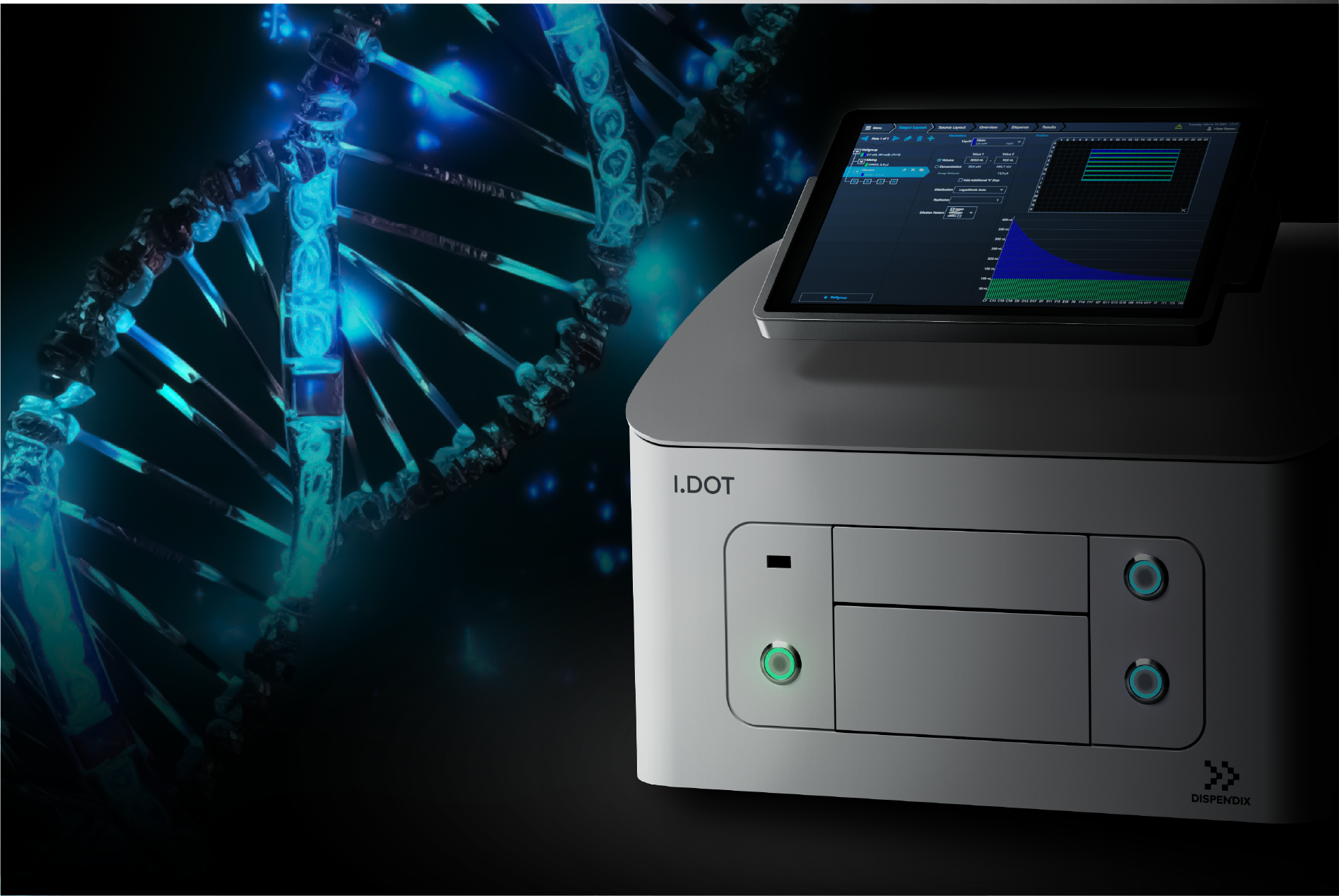Quantitative Polymerase Chain Reaction
qPCR, or quantitative Polymerase Chain Reaction, is a powerful molecular biology technique used to detect, amplify, and quantify specific DNA or RNA sequences. It is widely employed in various fields such as molecular diagnostics, genetic research, forensics, and biotechnology.
The qPCR technique is an advancement of the traditional PCR method, which was developed by Kary Mullis in the 1980s. While PCR allows for the amplification of DNA segments, qPCR takes it a step further by providing a quantitative measure of the amount of DNA or RNA present in a sample.
In qPCR, the process involves three main stages: denaturation, annealing, and extension. The reaction mixture contains a template DNA or RNA, primers (short DNA sequences that target specific regions of the template), DNA polymerase enzyme, nucleotides, and a fluorescent reporter molecule.
During the denaturation step, the double-stranded DNA template is heated to separate the strands. In the annealing step, the temperature is lowered to allow the primers to bind to their complementary sequences on the template. In the extension step, the DNA polymerase enzyme synthesizes new DNA strands by adding nucleotides to the primers, resulting in the amplification of the target sequence.
What sets qPCR apart is the incorporation of a fluorescent reporter molecule, typically a dye or a probe, that emits a signal when it binds to the amplified DNA during each cycle of amplification. This signal is directly proportional to the amount of DNA or RNA present in the starting sample. By monitoring the fluorescence at each amplification cycle, the initial quantity of the target sequence can be determined.
qPCR provides several advantages over traditional PCR, including high sensitivity, specificity, and quantification capabilities. It enables researchers to accurately measure gene expression levels, detect mutations, identify pathogens, and perform various other applications requiring precise nucleic acid quantification.
Overall, qPCR has revolutionized the field of molecular biology, allowing scientists to gain valuable insights into genetic and biological processes and facilitating advancements in medical research, diagnostics, and personalized medicine.
I.DOT Non-Contact Dispensing
The I.DOT Liquid Handler can be used to directly dilute samples into the dynamic range of PCR assays and to add primers, probes, and/or mastermix directly to samples for high-throughput PCR Plate Preparation.
Direct Dilution vs. Serial Dilution
In qPCR workflows gDNA, cfDNA, or RNA is first extracted from primary samples. Following extraction, the concentration of genetic material usually far exceeds the dynamic range of a standard qPCR assay. Therefore, dilutions of as high as 1 to 10,000 or more are routinely required.
For such a dilution, the typical manual or automated method requires users to perform four 1:10 dilutions serially until the samples have been diluted into the range of the assay. In contrast, the I.DOT can dispense as little as 10 nL of primary sample accurately and directly into 100 μL of diluent achieving a more reproducible outcome in a fraction of the time.

Master Mix Dispensing
The I.DOT Liquid Handler can dispense 1 μL of master mix, probes, primers, dNTPs, or buffer into a 384-well microtiter plate:
- quickly - in under 1 minute
- efficiently - with a 1 μL dead volume per source well
- reproducibly - with <5% inaccuracy and CV
- safely - with built in volume verification
- cost effectively - without the use of pipette tips

